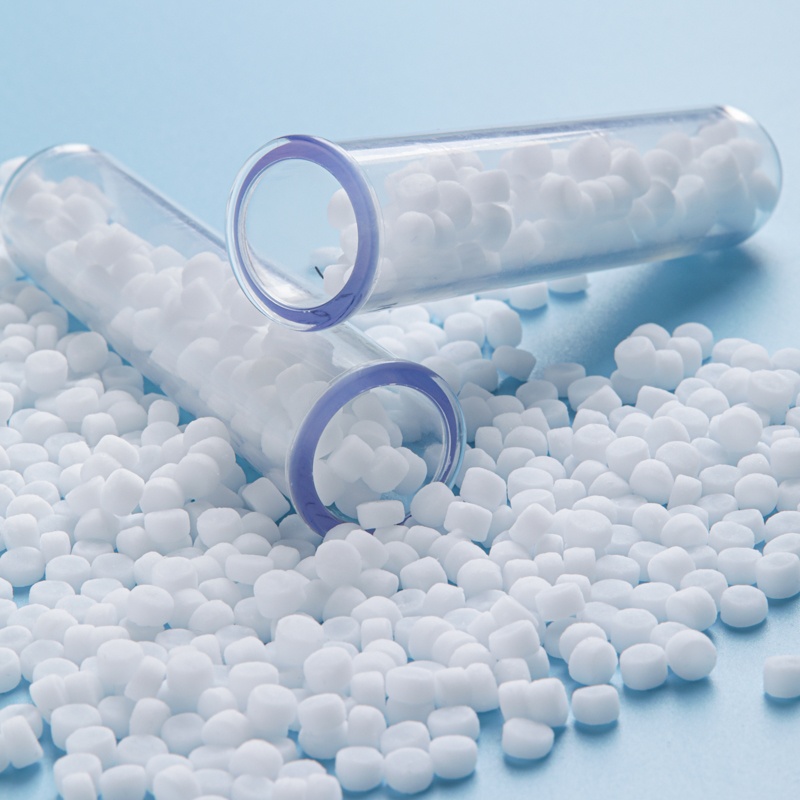Abrasion resistance agents, also known as wear resistance agents or wear retardants, are chemical additives used to improve the wear resistance of various materials. They are commonly used in the manufacturing industry to enhance the abrasion resistance of materials such as rubber, plastics, paints, coatings, and metals. In this article, we will explore the definition, features, advantages, benefits, and applications of abrasion resistance agents in greater detail.
Definition
Abrasion resistance agents are chemical additives that are added to materials to enhance their resistance to wear and tear caused by friction with other surfaces, such as in sliding or rubbing contacts. These agents help to mitigate or prevent the degradation of material properties due to repeated mechanical stress and frictional forces, ultimately extending the useful life of a material.
Features
Abrasion resistance agents have several key features that make them extremely useful in diverse industrial applications. Some of these features include:
1. High compatibility: Abrasion resistance agents are highly compatible with a wide range of materials, including rubbers, plastics, coatings, paints, and metals.
2. High durability: These agents are highly durable and can withstand extreme temperatures, pressures, and mechanical stresses, making them ideally suited for use in harsh environments.
3. High effectiveness: Abrasion resistance agents are highly effective in preventing or reducing the damage caused by friction and wear, thereby increasing the lifespan of materials.
4. Ease of use: These agents are relatively easy to use and can be incorporated into materials during the manufacturing process, making them simple to apply and cost-effective.
Advantages and Benefits
Abrasion resistance agents offer several advantages and benefits, including:
1. Improved wear resistance: The primary benefit of abrasion resistance agents is that they improve the wear resistance of materials, increasing their lifespan and durability.
2. Enhanced performance: These agents can improve the performance of materials, enabling them to withstand more severe environments and mechanical stresses.
3. Reduced maintenance costs: Materials that are treated with abrasion resistance agents require less maintenance and repair, leading to reduced maintenance costs.
4. Increased productivity: By increasing the lifespan of materials and reducing the need for repairs and maintenance, abrasion resistance agents can increase productivity and efficiency in industrial settings.
5. Enhanced safety: Abrasion resistance agents can also enhance safety by reducing the risk of material failure and subsequent accidents or injuries.
Applications
Abrasion resistance agents are used in a wide range of industrial applications, including:
1. Rubber and plastics: These agents are commonly used in the production of rubber and plastic products such as tires, conveyor belts, seals, gaskets, and hoses, to improve their abrasion resistance.
2. Coatings and paints: Abrasion resistance agents are also used in coatings and paints to improve their durability, wear resistance, and scratch resistance.
3. Metals: These agents are used in the production of metal parts and components to improve their wear resistance and reduce friction between moving parts.
4. Industrial equipment: Abrasion resistance agents are used in a variety of industrial equipment such as pumps, valves, and bearings to improve their wear resistance and extend their lifespan.
Conclusion
In conclusion, abrasion resistance agents are vital additives used in various industrial applications to improve the wear resistance of materials. These agents offer several advantages and benefits, including improved durability and longevity of materials, enhanced safety, reduced maintenance costs, and increased productivity. With such a wide range of benefits and applications, abrasion resistance agents remain one of the essential chemical additives in the manufacturing industry.
Related Products





